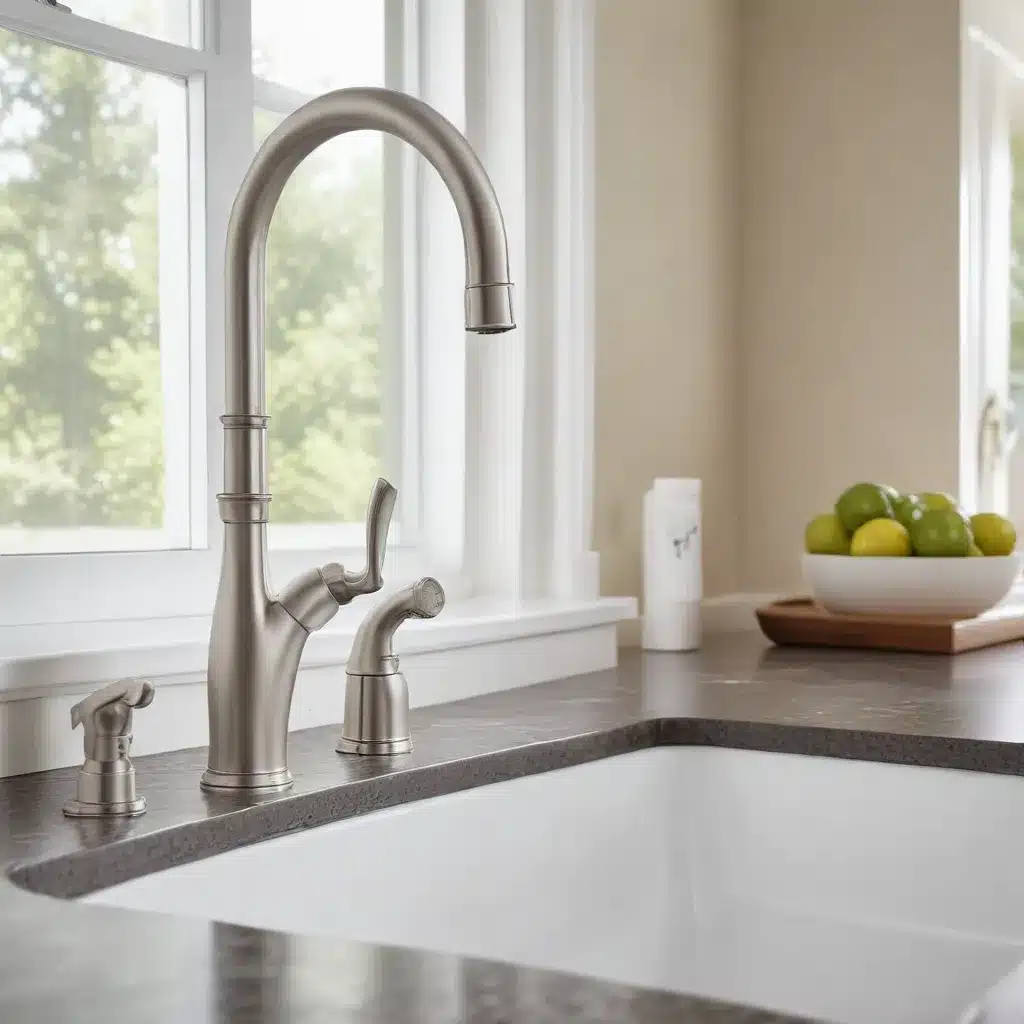
As a seasoned expert in plumbing and heating services, I’ve seen firsthand the significant impact that water conservation can have on both household budgets and the environment. In the kitchen, where water usage is often high, making small yet impactful changes can lead to substantial savings. In this comprehensive guide, we’ll explore practical faucet upgrades and efficient practices that can help you conserve water and reduce your utility bills.
Understanding Water Efficiency Standards
Before we dive into specific recommendations, it’s important to understand the current water efficiency standards set by the U.S. government. Federal standards mandate that all lavatory (bathroom/restroom) and kitchen faucets manufactured and sold in the United States after January 1, 1994, must use no more than 2.2 gallons per minute (gpm). Additionally, metering faucets (those that dispense a predetermined volume of water) must discharge no more than 0.25 gallons per cycle.
While these standards have helped improve water efficiency, there are even more efficient options available on the market. The U.S. Environmental Protection Agency (EPA) WaterSense Program has released a specification for residential bathroom lavatory faucets and faucet accessories, requiring a maximum flow rate of 1.5 gpm or less – a 32% decrease in flow rate over the federal standard.
For public-use faucets, the American Society of Mechanical Engineers A112.18.1/Canadian Standards Association B125.1 Plumbing Supply Fittings specifies that they must have a maximum flow rate of 0.5 gpm. Additionally, the WaterSense program has set a specification for showerheads, requiring a maximum flow rate of no higher than 2 gpm.
Upgrading to High-Efficiency Faucets
One of the most impactful ways to conserve water in the kitchen is to upgrade to high-efficiency faucets. These modern fixtures are designed to deliver the same level of performance while using significantly less water.
Residential Kitchen Faucets
Conventional kitchen sink faucets typically have a flow rate of 2.2 gpm. By upgrading to a high-efficiency 1.5 gpm model, you can reduce your water usage by over 30% without sacrificing water pressure or functionality. These faucets use advanced aerator technology to spread the water into multiple streams, providing a satisfying and effective water flow.
Public-Use Faucets
For commercial or public-use kitchen faucets, the standards are even more stringent. These faucets, excluding metering models, must have a maximum flow rate of 0.5 gpm, as specified by the ASME/CSA. Upgrading to these ultra-efficient faucets can lead to substantial water savings, making them an excellent choice for businesses, schools, and other public facilities.
Faucet Aerators
Another easy and cost-effective upgrade is to install high-efficiency faucet aerators. Conventional aerators have a flow rate of 2.2 gpm, while the high-efficiency 0.5 gpm models can reduce water usage by over 75% without compromising performance. These aerators are simple to install and can be a great water-saving solution for both residential and commercial kitchens.
Implementing Water-Efficient Practices
While upgrading to high-efficiency faucets is a significant step, there are also several water-efficient practices you can implement in the kitchen to further conserve this precious resource.
Proper Faucet Usage
Encourage household members or employees to be mindful of their water usage when operating the kitchen faucet. Habits such as turning off the water while scrubbing dishes, rinsing produce, or waiting for the water to heat up can make a noticeable difference in overall consumption.
Preventive Maintenance
Regular maintenance of your kitchen faucets and plumbing system is crucial for maintaining water efficiency. Promptly address any leaks or drips, as a single dripping faucet can waste thousands of gallons of water per year. Consider hiring a licensed plumber from DD Plumbing and Heating to perform a comprehensive inspection and make necessary repairs.
Water-Efficient Appliances
When it’s time to replace outdated kitchen appliances, such as dishwashers or washing machines, look for ENERGY STAR-certified models that are designed to conserve water. These appliances use significantly less water than older, less efficient models, providing long-term savings on your utility bills.
Stormwater Management
While not directly related to indoor water usage, proper stormwater management can also play a role in water conservation. Implementing strategies like rain gardens, permeable pavement, or rainwater harvesting systems can help reduce the strain on municipal water supplies and protect local watersheds.
The Benefits of Water Conservation
Conserving water in the kitchen not only saves you money on utility bills but also has a positive impact on the environment. By reducing your water consumption, you’re helping to preserve this precious natural resource, ensuring that it remains available for generations to come.
Additionally, water conservation can have ripple effects beyond your home or business. Reduced water usage means less energy is needed to treat and transport the water, leading to lower greenhouse gas emissions and a smaller carbon footprint. This contributes to the overall sustainability and environmental well-being of your community.
Conclusion
Implementing water conservation measures in the kitchen is a simple yet impactful way to make a difference. By upgrading to high-efficiency faucets, adopting water-efficient practices, and incorporating sustainable appliances, you can significantly reduce your water usage and lower your utility costs.
Remember, every drop of water saved counts, so I encourage you to take the first step towards a more water-conscious kitchen. For more information or assistance with your plumbing and heating needs, don’t hesitate to reach out to the experts at DD Plumbing and Heating. Together, we can work towards a more sustainable future, one faucet at a time.


